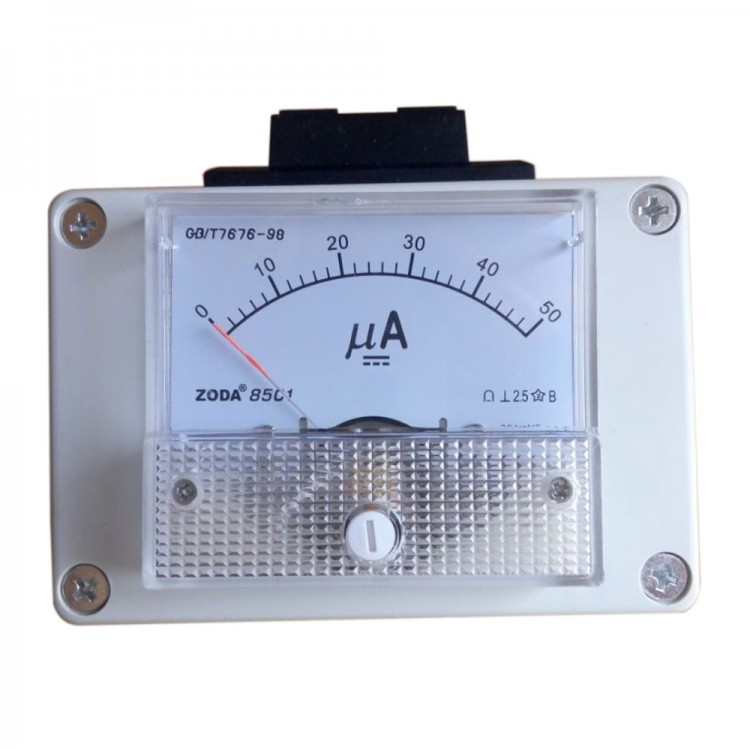

/how-to-measure-your-wifi-signal-strength-818303-add441a589eb4502bd3cf70908865c33.png)
#Measure wireless signal strength professional#
"One of the key metrics to watch as we move into mass-market 5G is latency," advised Adrian Baschnonga, global telecoms analyst lead for professional services firm EY. With 5G cellular technology knocking on the door, network managers need to pay even closer attention to metrics, given the technology's limited range and other unique characteristics. "Problems with either one suggests issues with the signal strength or quality in a building." A distributed antenna system can be used to address weak or poor quality signals within a building.
#Measure wireless signal strength download#
"It can be difficult to measure these parameters directly without special equipment, so data throughput rates-both download and upload-and voice call quality are good proxies," Djukic noted. The strength and quality of cellular operators' signals within a building are typically measured by a pair of metrics: Reference Signal Received Power (RSRP) and Reference Signal Received Quality (RSRQ). "Anecdotal pieces of information do not complete the picture showing the overall network performance," observed Slavko Djukic, CTO of Zinwave, a wireless antenna system manufacturer. Whenever a service issue arises, wireless signal strength and quality should be measured across the entire premises to provide an accurate, complete description of the problem. "However, with Wi-Fi, the RSSI/SNR could be extremely good, but other metrics would be more important to the wireless user experience." Factors, such as channel interference and contention with other nearby wireless units, are critically important to the overall Wi-Fi user experience, Lawson noted. "For cellular, this is important because the device could be very far away from the nearby tower," said Anthony Lawson, manager, technical marketing engineering, for modem and router manufacturer Cradlepoint. With all wireless technologies understanding basic RF metrics, such as the received signal strength indicator (RSSI) and signal-to-noise ratio (SNR), is essential. "Packet re-transmission can be an indication of a wireless network’s poor performance due to glitches with hidden nodes, collisions, and more." "Network jitter helps measure a wireless network’s transfer rate and can indicate congestion or queuing on a network link," Botelho observed. Organizations can turn to roaming latency results to pinpoint whether poor performance is caused by a faulty network device, an application, or the WLAN itself. Latency measurements are an important tool for assessing transmission, server, and network delay. Packet loss metrics, for example, can be used to measure the quality of packet data for specific applications, such as Voice over Wide Local Area Network (VoWLAN).

"As a result, teams can troubleshoot faster and reduce the frequency and duration of downtime incidents." "Being able to understand these metrics can help to quickly detect and resolve issues," he said. Metrics allow viewers to determine the stability and efficiency of a network’s components and activities, noted Jay Botelho, director of engineering at network performance management firm LiveAction. Wireless metrics are useful for establishing a baseline that network teams can periodically refer to evaluate a network's performance and reliability over a specific time frame.

By studying a handful of key metrics, it's relatively easy to determine whether on-site wireless technologies and service providers are living up to their promised performance levels. When it comes to enterprise wireless technologies, the secret to fast, reliable performance lies in the numbers.


 0 kommentar(er)
0 kommentar(er)
